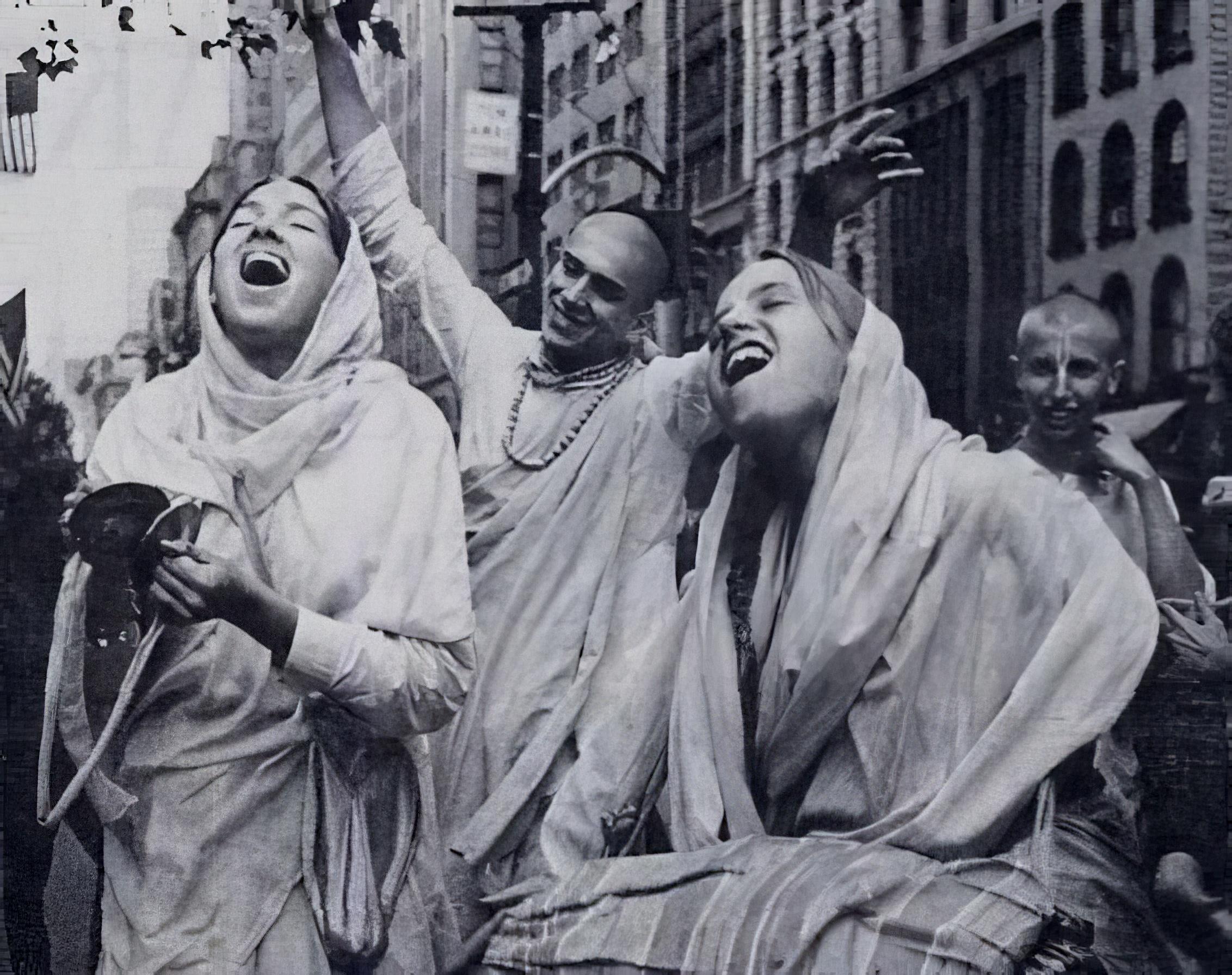Two dangerous misunderstandings we may have in spiritual life are to expect all devotees to be perfect, and to demand that all devotees are perfect. Why is it so?
If we expect all devotees to be perfect, we may blindly follow and trust everyone without proper discrimination. This makes one vulnerable to being exploited by people of dubious character, as well as by devotees who may have good intentions but may lack the common sense and experience necessary to properly engage others. A person hurt or betrayed like this will have a problem trusting others in the future, which may provoke a pendulum effect, leading to the other extreme (devotees are all bad, etc.) which in turn can easily lead one to stop his or her spiritual practice. We can see that there are many who don’t associate with devotees anymore because of bad experiences they had at some point in the past.

Another problem we may face is to demand that all devotees are perfect. While the first problem comes from ingenuity or naiveness, the second comes from pride. One thinks that he is very advanced and thus expects that others will fit into idealized roles. When he sees that devotees don’t fit into the stereotypes he created, he starts to criticize and eventually leaves.
Continue reading








